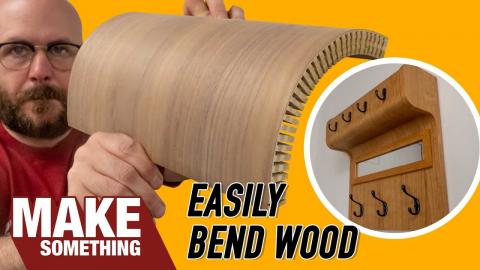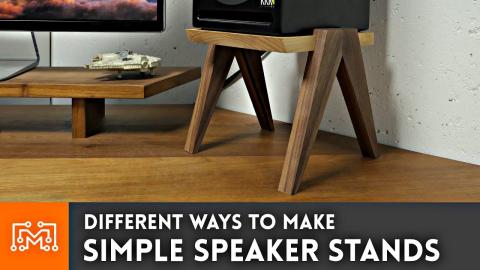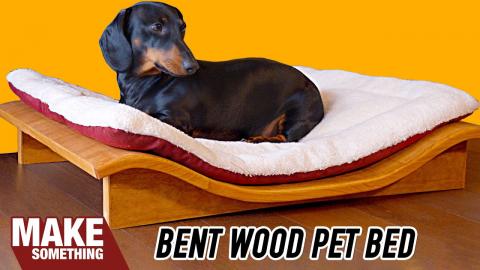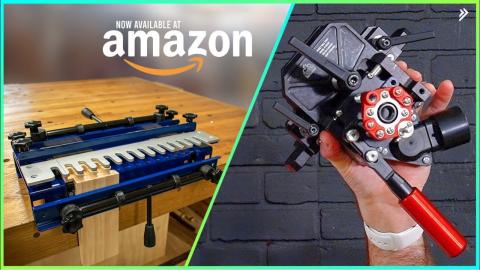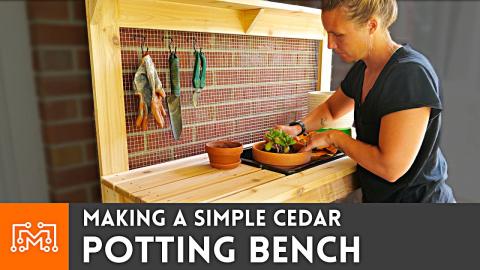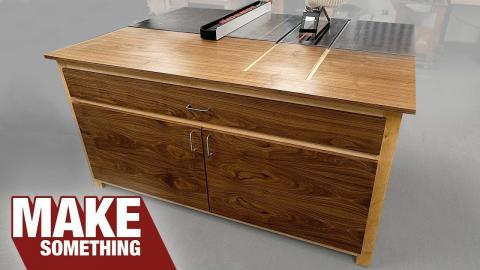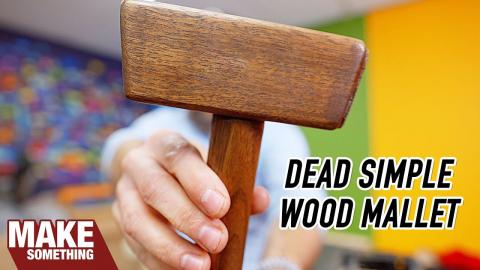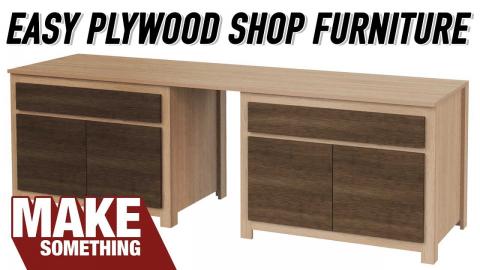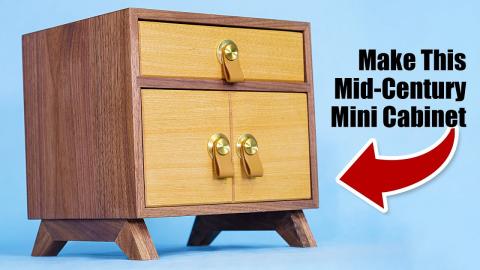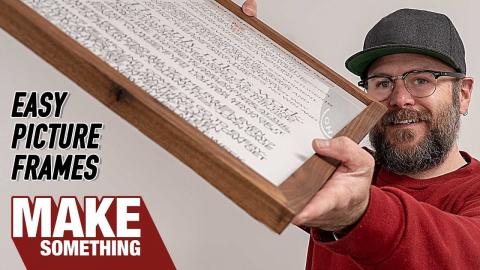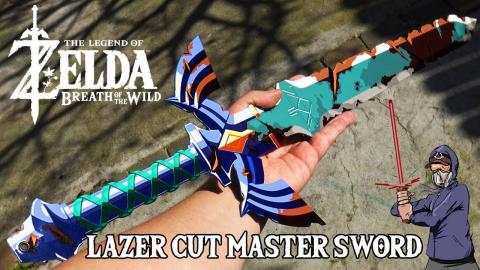How to Make Simple Plywood Dolly // Woodworking
Description
I wanted to prototype a simple way to move plywood sheets easily!
Subscribe to my channel: http://bit.ly/1k8msFr
Second Channel: http://bit.ly/iltms-2
MORE PROJECTS, POSTS AND EVENTS
http://www.iliketomakestuff.com
TOOLS & SUPPLIES (affiliate links):
https://kit.com/iliketomakestuff/plywood-dolly
https://kit.com/iliketomakestuff/my-woodworking-tools
https://kit.com/iliketomakestuff/shop-safety-gear
Twitch Stream Every Wednesday @ 11am EST: www.twitch.tv/iliketomakestuff
I WROTE A BOOK!!
http://www.iliketomakestuff.com/makingtime
Want to support ILTMS? Get exclusive content and more...
http://www.iliketomakestuff.com/patreon
BUY A SHIRT, STICKER, DIGITAL PLANS and MORE!!
http://www.iliketomakestuff.com/store
FOLLOW:
http://twitter.com/iliketomakestuf
http://www.twitch.tv/iliketomakestuff
http://instagram.com/iliketomakestuff
http://facebook.com/iltms
This project was an exercise in problem solving. Everyone knows that moving around a full sheet of 3/4" plywood is awkward and cumbersome, but what if I could quickly make something to help with that problem?
In the past, I've moved big pieces of furniture and equipment by using an old skateboard as a makeshift dolly. This method isn't really stable or easy to steer so I thought I'd make a device that is meant to help one person move big sheets of plywood. I thought the new plywood dolly would use the same basic idea; a small, wheeled plate that could firmly hold a sheet of plywood vertically while I pushed it around.
I began my design process with a problem statement, "plywood is heavy and doesn't turn very well when using the skateboard as a dolly." Nailing down this core irritation will help direct the decision-making process once we started drawing out ideas. Each iteration has to address the problem statement or it shouldn't be considered as an option. The design had to be easy to use for 1 person, maneuverable, and simple to make; these are our design criteria.
Because the concept behind this project was to quickly prototype a functional solution to the plywood problem, I didn't want to spend a lot of time 3d modeling an articulated part and over-analyzing the mechanics. I rummaged through my wood scraps and found a piece of oak that was just big enough for some casters that I had laying around and I used some left-over oak strips to act as the side walls. I drew out a really basic cam shape, a tadpole-type shape but with a hole for an axel offset from the center point of rotation. This allows the rounded head of the clamp to engage more and more as the lever is turned. The shape was cut out on the scrollsaw and then transferred that outline to another piece of oak that was then cut in the same way.
I drilled the offset holes in the cams using the drill press and used my wood taps to create some threads in the side walls that would accept a 1/4-20 bolt to secure the cams to the base. We added 3 swiveling casters to the bottom for added maneuverability and it was all done.
Although not one of the initial design criteria, we wanted the dolly to be able to hold two sheets of plywood. The side walls were spaced far enough apart to hold two sheets and the cam clamps were designed to be able to hold either a single our double sheets. When we tested the prototype, we placed the dolly under the front edge of a 4'x8' sheet of 3/4" plywood and I easily clamped it in place using my foot. I was able to move the whole around my shop wayyyy easier than I could by myself, it was great!
While the dolly worked really well, I did note some things that could be improved upon. First, the dolly doesn't need two cams, one came can push the plywood up against the flat side wall all by itself. Second, I would add another caster which would held it not tip as much when you're putting it on. Lastly, I would make another one. Lifting the back edge of a full sheet is still pretty heavy, and adding another dolly to the back may really help.
I hope you found some value in this simple problem-solving project. You may not need to move large sheet goods around your space, or maybe you're way stronger than me and this isn't an issue, but I hope you got something from this systematic approach to looking at a problem and addressing it in a way that saves time and effort in the long run. If you liked this simple shop accessory, check out more of my videos where I improve my workspace one little piece at a time.


